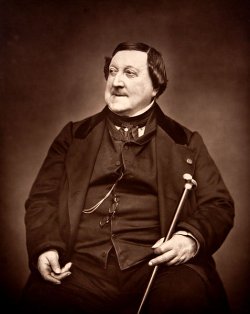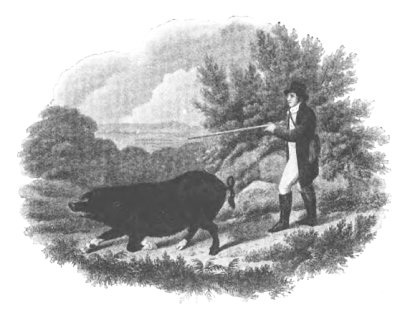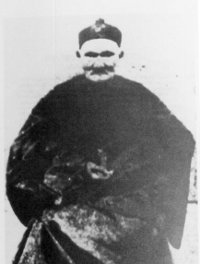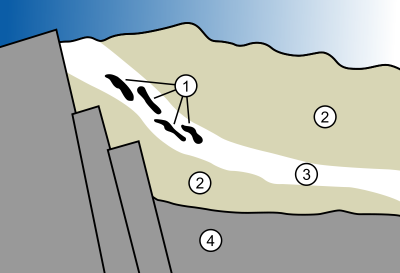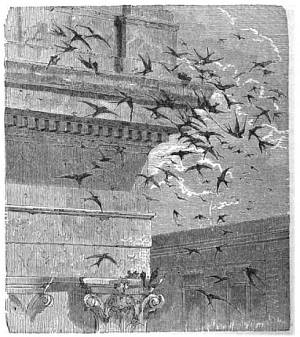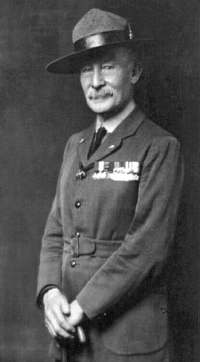
In writing the first edition of Scouting for Boys in 1908, Robert Baden-Powell planned to include a section on self-abuse.
“You all know what it is to have at times a pleasant feeling in your private parts,” he wrote, “and there comes an inclination to work it up with your hand or otherwise. It is especially likely to happen when you see a dirty picture or hear dirty stories and jokes. Well, lots of fellows from not knowing any better, please themselves in this way until it often becomes a sort of habit with them which they cannot get out of.”
“The result of self-abuse is always — mind you, always — that the boy after a time becomes weak and nervous and shy, he gets headaches and probably palpitation of the heart, and if he still carries it on too far he very often goes out of his mind and becomes an idiot. A very large number of the lunatics in our asylums have made themselves ill by indulging in this vice although at one time they were sensible cheery boys like any one of you.”
Baden-Powell had consulted with his mother as to whether to include the section. He removed it at the strong advice of his publisher.

